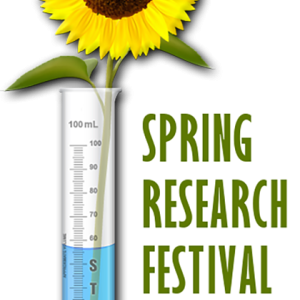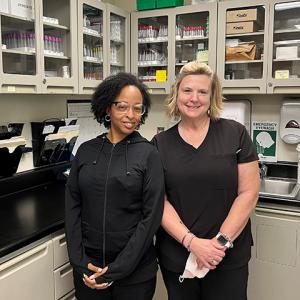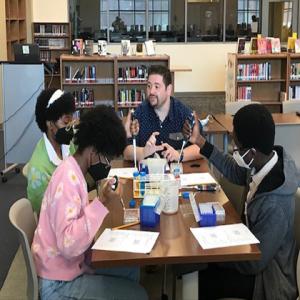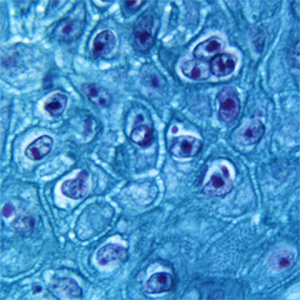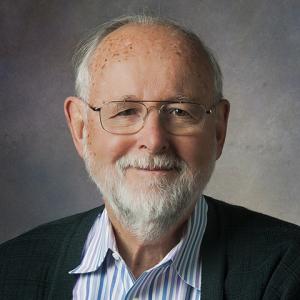Genomic Data Commons 2.0: A Valuable Tool for Cancer Researchers
Imagine, for a moment, that you’re a scientist studying ways to combat a rare form of cancer that overwhelmingly manifests in a specific group of people. You suspect a series of genetic mutations. Testing for the presence of those alterations one at a time would involve a prohibitive amount of time and money. What you need is a database of thousands of cancer cases, characterized for genetic data, to which you could compare your cases.
Enter NCI’s Genomic Data Commons.
07.22.2025


